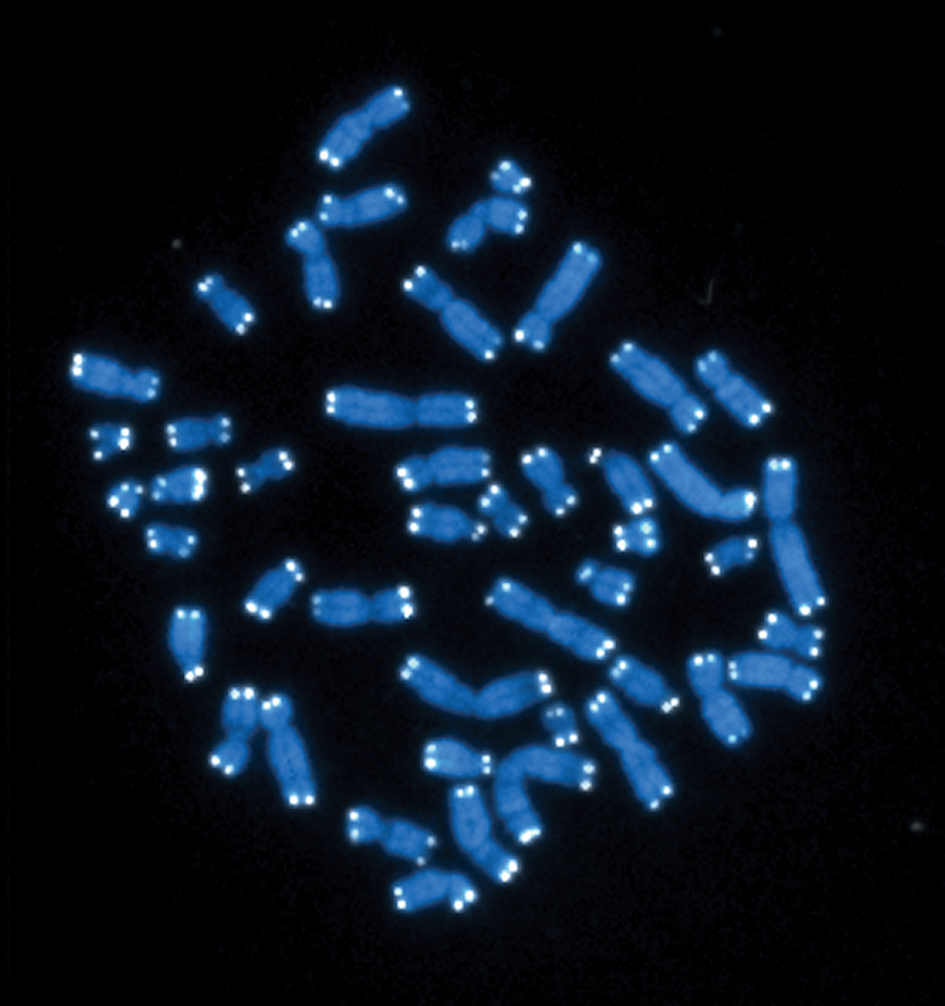Introduction
Concussions are a common type of traumatic brain injury (TBI) caused by the forcible motion of your brain into your skull. Due to their prevalence in sports and long-term effects on cognitive health, these injuries have captured significant attention in recent years. The Q-Collar is a newly FDA-approved device designed to mitigate the risk of concussions, and it markets itself to be a promising innovation in this field. The Q30 Innovations company advertises as the only FDA-cleared device that protects the brain during a collision.
How does the Q-Collar Work?
The Q-Collar is a relatively simple device that is worn in the same fashion as a necklace. The device is designed to put pressure directly on the jugular veins, increasing the blood volume in the head. When impact occurs, the extra blood volume is said to act as a pillow for the brain, slowing down its motion and reducing the force with which it hits the skull.

Device Efficacy
With this device sold directly to consumers, not prescribed by physicians, and many critics inquire if it can produce the desired results. Many short-term studies have been conducted on its efficacy following the devices’ FDA approval in 2021. A study conducted by the FDA , determined that significant changes were found in deeper tissues of the brain involved in the transmission of electrical nerve signals (white matter regions) in 106 of the 145 (73%) participants in the no-Collar group, while no significant changes in these regions were found in 107 of the 139 (77%) of the group who wore the Q Collar. This study was a prospective, longitudinal study with 284 high school football players in the USA. These results show that the Q-Collar helped lower changes found in white matter by 40% throughout one season.
An additional study conducted by Myer et al. found reduced white matter diffusivity alteration after an entire competitive season. Both studies provide evidence to help support the fact that the Q-Collar may , in fact, mitigate the risk of concussions with impacts on the head.
Drawbacks
The most apparent drawback of the Q-Collar is the need for peer-reviewed evidence to support its theory. The Q-Collar was designed 12 years ago and only FDA-approved three years ago, so this apparent lack of longitudinal evidence is expected.
A second potential drawback for consumers would be the high price tag. This device is a multi-hundred-dollar investment that might deter low-income and non-pro sports teams from using it.
Conclusion
The Q-Collar is an exciting advancement in preventing athletic brain injuries. Its sleek design offers a decrease in risk for concussions with little to no loss of mobility. As research continues and more data becomes available, the actual value of the Q-Collar will become more apparent. For now, it is a promising step forward in concussion prevention. The development and adaptation of more protective equipment will hopefully lead to a world less debilitated by brain injuries.
Resources
Office of the Commissioner. FDA authorizes the marketing of novel device to help protect athletes’ brains during head impacts. U.S. Food and Drug Administration. February 26, 2021. Accessed August 2024. https://www.fda.gov/news-events/press-announcements/fda-authorizes-marketing-novel-device-help-protect-athletes-brains-during-head-impacts.
Q-collar: Helps protect athletes from brain injury. Q30. Accessed August, 2024. https://q30.com/products/q-collar.
Myer GD, et al. Analysis of head impact exposure and brain microstructure response in a season-long application of a jugular vein compression collar: A prospective, neuroimaging investigation in American football. British Journal of Sports Medicine. October 1, 2016. Accessed August 2024. https://bjsm.bmj.com/content/50/20/1276.short.




